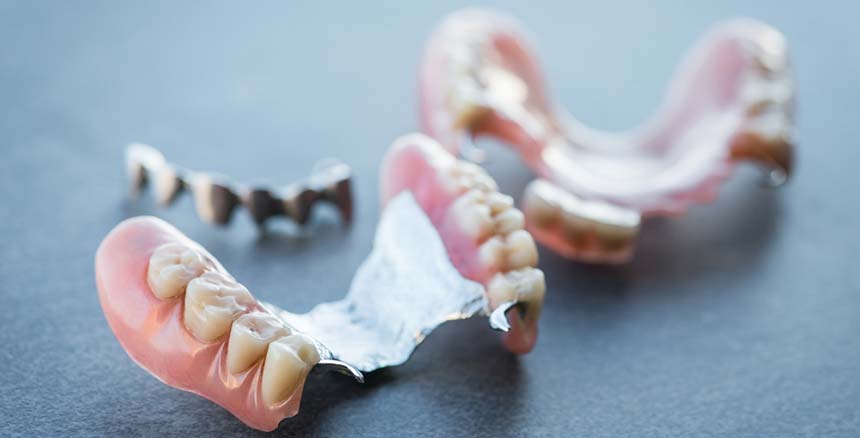
Factors such as disease and physical accidents may cause you to lose some of your teeth. When that happens, one major teeth replacement option you may want to consider is partial dentures.
As the name suggests, partial dentures are made to replace some missing teeth in either or both the upper and lower jaw. People have used partial dentures for years to fill gaping spaces left by missing groups of teeth or a few scattered teeth in either jaw.
A partial denture attaches to the remaining teeth and has two parts: a gum–colored part that blends into the existing natural gum and prosthetic teeth that replace the missing teeth. Partial dentures are used for various reasons mainly:
For aesthetics. Missing teeth tends to disfigure the face. Partial dentures may be required in parts of the mouth where teeth are missing in order to correct or improve the person’s appearance. Improve chewing ability. Teeth left unsupported after losing others may tend to over erupt or drift sideways. Filling the existing space with a partial denture helps support the remaining teeth and improves the person’s ability to chew.
Support an opposing full denture. If either the lower or the upper jaw has no teeth and a full denture is used while the opposite jaw has some remaining teeth, your Dental Prosthetist may recommend a partial denture for the opposite jaw for support. Patients can wear any of the various removable partial dentures available depending on the recommendation of the Dental Prosthetist. Each one of the different types of partial dentures has its benefits and limitations. Your Dental Prosthetist will make recommendations based on what’s most suitable for you.
Acrylic partial dentures
These cost lowest. They are recommended for patients with significant teeth loss or those who may need to have some teeth extracted because these dentures are easy to repair, reline or modify.
Nylon flexible partial dentures
They are made from thermoplastic nylon. They have a flexible base used to retain them in the socket, so unlike acrylic dentures, they need no metal retainers. Alternatively, they can use clear or tooth coloured resin retainers.
Cast metal partial dentures
These are the thinnest and smallest of all these partial denture varieties. They are stronger and more stable and offer better support for remaining teeth. They can use cast metal retainers, tooth coloured or nylon resin. The metal used in the partial dentures is vitalium which is safe for the mouth.
Overall, a partial denture significantly helps conserve the remaining natural teeth by minimising wear and tear. It does this by distributing the chewing and grinding forces exerted on the remaining natural teeth more evenly. Be sure to discuss your options with your Dental Prosthetist.











